NicksRelics
Jr. Member
- Joined
- Feb 11, 2021
- Messages
- 24
- Reaction score
- 19
- Golden Thread
- 0
- Location
- Southeast Texas
- Detector(s) used
- Equinox 800
- Primary Interest:
- All Treasure Hunting
- #1
Thread Owner
Well yall I made it back out to the ghost sawmill town today (1881-1912). I detected this hunk of dirt which I later found was a brass firehose fitting with the 2 nipples knocked off.
I spent a little while searching the web but didn't come up with much.
A few thoughts on the town.
This was a bustling little sawmill town from 1881-1912 when the timber ran out and the buildings were removed or torn down. I'm told it was about 700 people at its peak. There were vineyards (unusual for this area) and surprisingly beautiful homes (this place is just raw forest now-hard to think of it like in the pictures). Its now all old growth (second growth) forest. Some of the property was used for ag stuff at the local highschool in the 1960s or so I'm told, but I have found no glass newer than 1910, no relics newer than 1910 and there is literally nothing left to show there was a town here other than the cemetery. There are a few ruins of brick and concrete foundations where the sawmill was. The entire area seeme to have been bulldozed about 80 years ago, and then left to grow.
I have found a dozen or so late 1800s relics here lately, the latest being the brass beam from an antique platform scale.
This town didnt have and the area still doesnt have any water facilities, its literally forest land in a hunting club.
So for this to be here, it wouldve had to be from a firetruck, or one of those hand cart firehose operations.
Sawmills burnt often. Having access to some sort of pump wouldve been priority to these folks.
Could this be a town period piece or is it something newer? My guess is it's definitely from that town.
I spent a little while searching the web but didn't come up with much.
A few thoughts on the town.
This was a bustling little sawmill town from 1881-1912 when the timber ran out and the buildings were removed or torn down. I'm told it was about 700 people at its peak. There were vineyards (unusual for this area) and surprisingly beautiful homes (this place is just raw forest now-hard to think of it like in the pictures). Its now all old growth (second growth) forest. Some of the property was used for ag stuff at the local highschool in the 1960s or so I'm told, but I have found no glass newer than 1910, no relics newer than 1910 and there is literally nothing left to show there was a town here other than the cemetery. There are a few ruins of brick and concrete foundations where the sawmill was. The entire area seeme to have been bulldozed about 80 years ago, and then left to grow.
I have found a dozen or so late 1800s relics here lately, the latest being the brass beam from an antique platform scale.
This town didnt have and the area still doesnt have any water facilities, its literally forest land in a hunting club.
So for this to be here, it wouldve had to be from a firetruck, or one of those hand cart firehose operations.
Sawmills burnt often. Having access to some sort of pump wouldve been priority to these folks.
Could this be a town period piece or is it something newer? My guess is it's definitely from that town.
Attachments
-
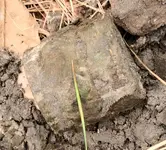 20210309_131643.webp387.5 KB · Views: 96
20210309_131643.webp387.5 KB · Views: 96 -
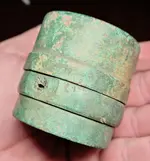 20210309_201244.webp814.4 KB · Views: 99
20210309_201244.webp814.4 KB · Views: 99 -
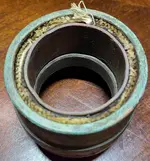 20210309_201214.webp348.6 KB · Views: 92
20210309_201214.webp348.6 KB · Views: 92 -
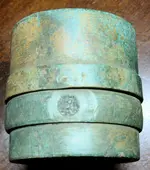 20210309_201335.webp421.4 KB · Views: 96
20210309_201335.webp421.4 KB · Views: 96 -
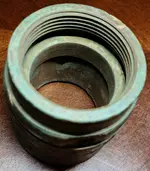 20210309_201346.webp706.7 KB · Views: 95
20210309_201346.webp706.7 KB · Views: 95 -
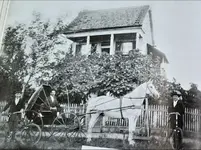 Screenshot_20210309-202430_Gallery.webp109.9 KB · Views: 95
Screenshot_20210309-202430_Gallery.webp109.9 KB · Views: 95 -
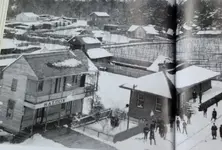 Screenshot_20210309-202351_Gallery.webp62.6 KB · Views: 97
Screenshot_20210309-202351_Gallery.webp62.6 KB · Views: 97



